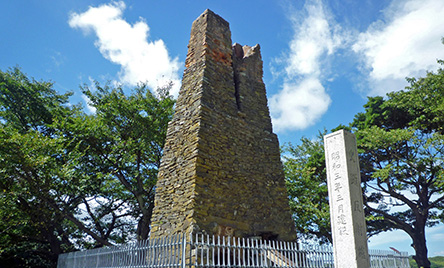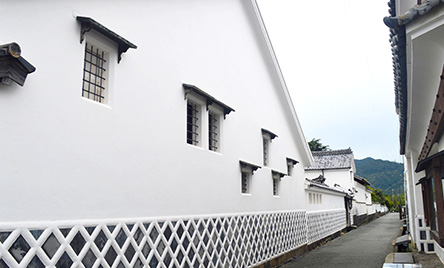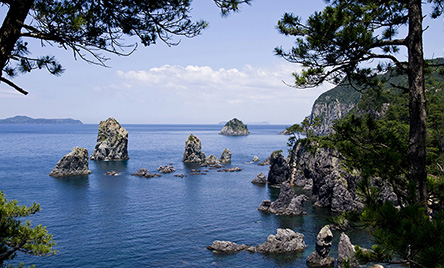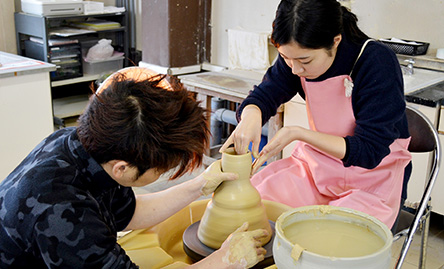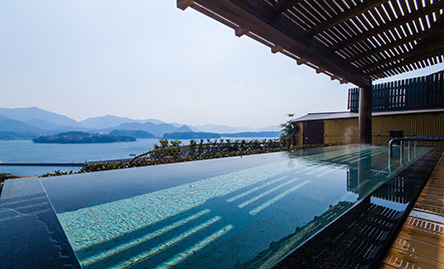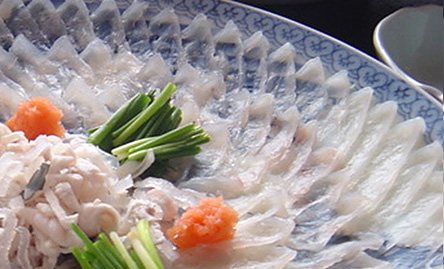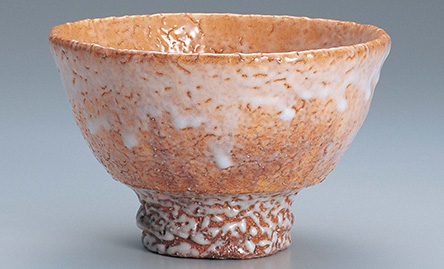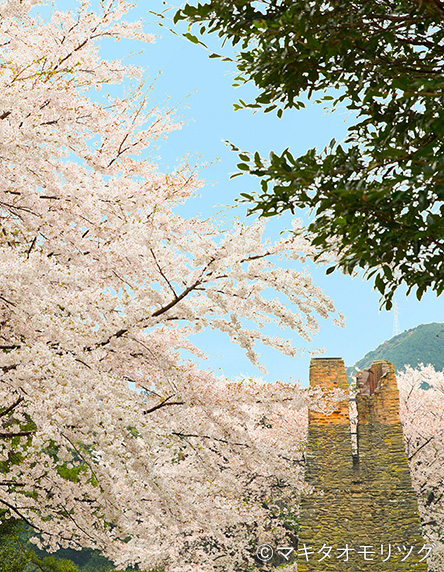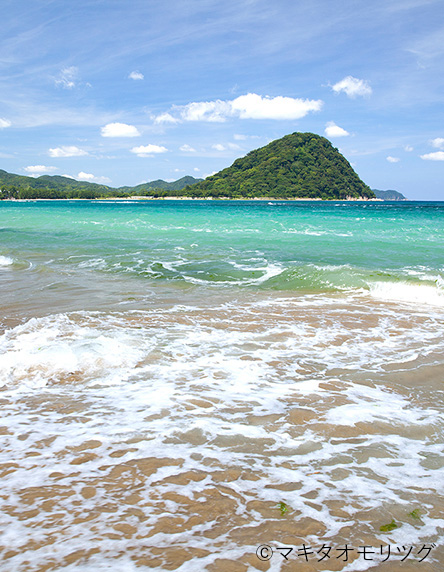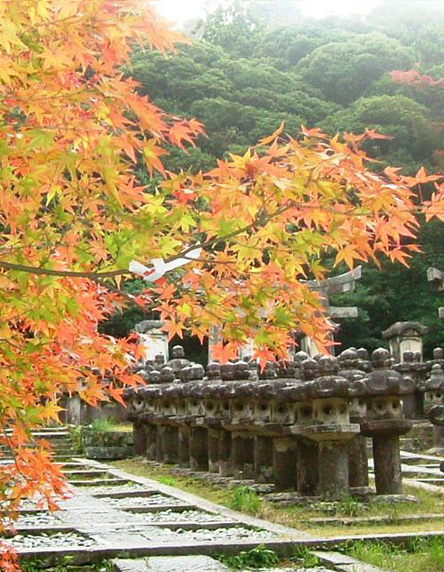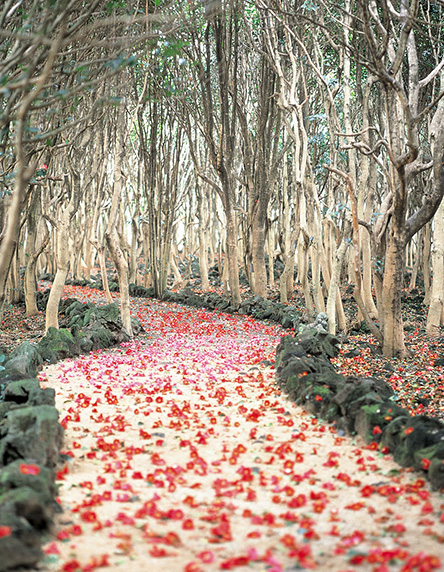Part of the UNESCO World Heritage “Sites of Japan’s Meiji Industrial Revolution.”
The merchant district of Hagi is located east of the high-ranking samurai district and Hagi Castle.
Its maze of white-walled streets is lined with well-preserved merchant houses and natsumikan trees stick out over many of the walls. The white walls protect the natsumikan citrus trees from the sea wind and the image of natsumikan hanging over the earthen walls has been a symbol of Hagi since the turn of the twentieth century.
The merchant district was centered on Onarimichi, the main road used by the Mōri daimyo, lords of Chōshū domain, when they traveled to Edo (now Tokyo) to wait upon the shogun as part of the alternate attendance (sankin kōtai) system. The Onarimichi runs east from the castle through the town until turning south at the Karahi Fudaba Noticeboard. The merchant district straddles the road between the signboard in the east and the main gate into the samurai district in the west.
Like many merchants of the Edo period (1603–1867), merchants in Hagi grew wealthy during the centuries of peace under the Tokugawa shogunate. The wealth of Hagi’s merchants can be seen in the walls of the city. The black tile and white plaster of the earthen walls was a symbol of prestige and wealth. These walls, with their distinctive crisscross pattern of tile and plaster, are called namako-kabe, or “sea-cucumber walls.”
Many of the side streets leading from Onarimichi are named after the prosperous merchants who lived on them. For example, Iseya Yokochō was named for the wealthy Iseya family, and Edoya Yokochō was named for the Edoya merchants. Edoya Yokochō still has a number of Edo-period buildings, including the Former Kido Takayoshi Residence and the Former Aoki Shūsuke Residence, which have both been preserved by the city and are open to the public. The Kikuya Family Residence is also open to the public as a museum run by the Kikuya family.
Together, the merchant and samurai districts make up the area known as Hagi Castle Town, which is part of the UNESCO World Heritage “Sites of Japan's Meiji Industrial Revolution.”
(This English-language text was created by the Japan Tourism Agency. )
These locations are included in this area :
Former Residence of Kido Takayoshi
Konpirasha Enseiji Temple
Former Aoki Shūsuke Residence
Former Kubota Family Residence
Basic info
| Access | 5 minutes walk from Hagi Meirin Center bus stop |
|---|---|
| Phone | 0838-25-3139 (Hagi Tourist Information) |
| Address | Gofukumachi / Minamifuruhagi, Hagi |
| Website | https://www.hagishi.com/en/world-heritage/ |
